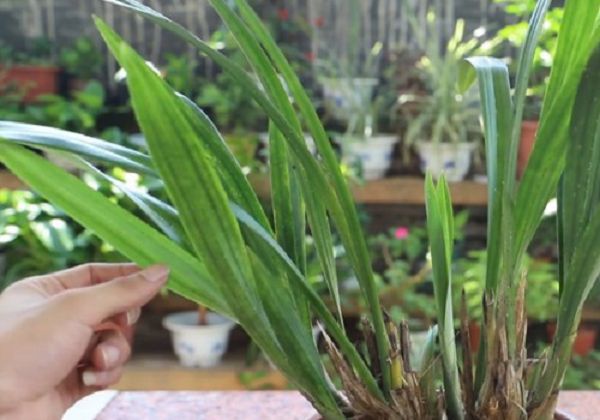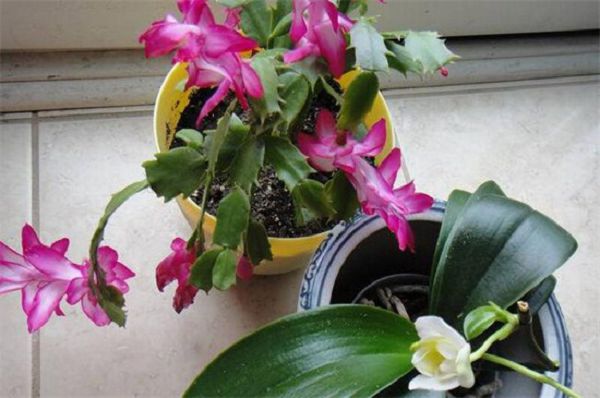Matters needing attention in watering orchids

Many families like to plant orchids in potted plants. After all, the leaves of orchids are oily green, very fresh and eye-catching, and can produce elegant but fragrant flowers at the same time. And orchids are also very easy to feed, usually only need us to do a good watering management.
However, watering can not be irrigated at will, in addition to mastering the method, the quality of water quality will also affect its normal growth, and even determine its life or death. So, what are the points for attention when watering orchids?
First, fertile water that has not been fermented and rotten
A lot of domestic waste water is produced in the family every day, and many people like to use this waste water to grow flowers. For example, Amoy rice water, fishy water, expired milk, etc., are good water for growing flowers, so they are usually used as fat water for growing flowers.
Some potted friends irrigated the waste water directly to the orchids and found that the plants did not grow well in a short time. Because these fertile water will ferment in the soil and release a large amount of heat, thus burning out the roots of the plant. Therefore, in order to ensure that the waste water is both nutritious and safe to use, it must be fully fermented and mature before use.
In fact, the method of fermentation is relatively simple, that is, usually collect the waste water and put it in a bottle and tighten the lid. Be careful not to fill it too full to prevent the gas released during fermentation from causing the bottle to burst. Then put it in the sun for 2 months to become mature. Do not directly use fresh waste water to irrigate orchids as fertilizer.
After the fermentation is completed, the fertilizer and water in the real sense can be taken out and diluted according to 50 times of water, stir well and then irrigate the orchid. Of course, if only Amoy rice water, do not need to ferment for so long, different liquid fermentation time is often different, need to be decided according to the specific situation.
Watering it is strictly forbidden to water orchids with half of the water
Half of the water in the industry is also known as waist water, that is, watering only the upper soil, while the deep soil is still in a state of lack of water. If it is watered in this way for a long time, it will inevitably lead to dehydration and yellowing, or even death, because orchids cannot absorb water in time in the depths of the soil.
Under the condition of long-term water shortage, the roots of orchids will also become withered, and at the same time, a large number of empty roots and withered roots will be produced, which will naturally be unable to supply water to the plants through the roots. Therefore, over time, orchids are bound to wither to death.
- Prev

Novice orchid growers should not fertilize orchids
Novice orchid growers should not fertilize orchids
- Next

The butterfly orchid bud turns yellow and is caused by environmental pollution and improper watering.
The butterfly orchid bud turns yellow and is caused by environmental pollution and improper watering.
Related
- Is the orchid suitable for indoor use? Is it good for the body?
- How to prevent the empty root of orchids?
- What to do after the crab claw orchid is withered?
- Why are the leaves of orchids always yellow? Fertilizing and watering.
- Can the root of the gentleman orchid be saved if it is rotten?
- Diagnosis and treatment of cotton-blowing beetle insects in Cymbidium
- There is a way for a gentleman's orchid to rot.
- What is the most suitable temperature and humidity for the orchid?
- How to raise a gentleman's orchid? Cultivation techniques of Cymbidium
- How to prepare the nutritive soil for the cultivation of Cymbidium

